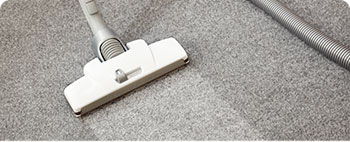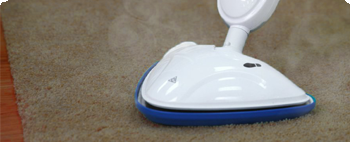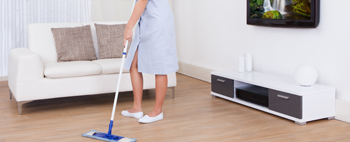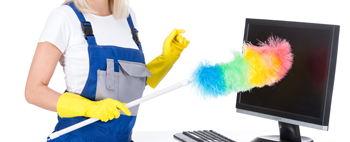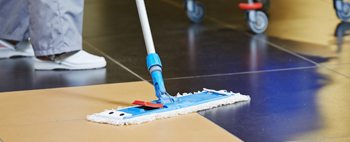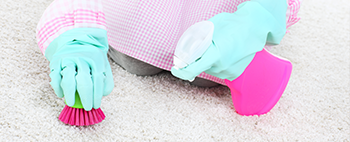Achieve a Sparkling Stove by Removing Burnt Residue
Posted on 11/09/2025
Achieve a Sparkling Stove by Removing Burnt Residue: The Complete Guide
Your stove is the heart of your kitchen--where culinary magic happens and family memories are made. But over time, stubborn burnt-on residue can diminish its luster and hamper its performance. If you're searching for the ultimate guide on how to achieve a sparkling stove by removing burnt residue, you're in the right place!
Why is it Important to Remove Burnt Residue from Your Stove?
Burnt-on stains aren't just unsightly; they can also impact how well your stove works. Thick layers of grime may cause uneven heating, unpleasant odors, and potential fire hazards. Moreover, frequent cleaning extends the lifespan of your appliance and ensures meals are cooked in a hygienic environment.
Let's dive deeper into the types of residue you may encounter and discover efficient, safe, and eco-friendly solutions for a glowing stove top!
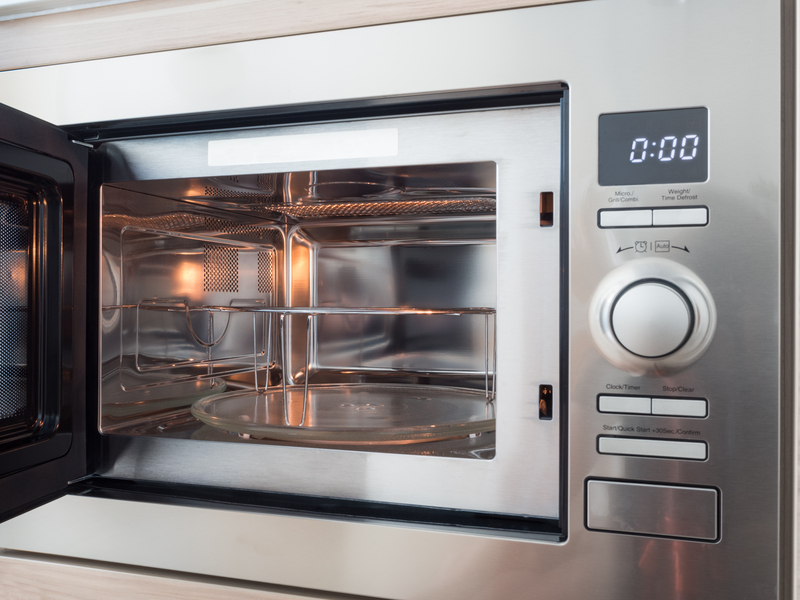
Understanding Burnt Residue: What Are You Actually Cleaning?
- Food Spills: Pastas, sauces, and sugary concoctions that bubble over and harden.
- Oil and Grease Splatter: Grease can cling and polymerize under high heat, creating a sticky mess.
- Charred Debris: Severely burnt food or accidental overflows that scorch onto the cooktop.
Each type of residue requires a tailored approach. Permanent shine is only possible if you remove all forms of gunk--right down to the molecular level!
Step-by-Step Methods for Removing Burnt-On Stove Residue
1. Preparation: Safety First!
- Turn Off and Cool Down: Never attempt to clean a hot stove. Wait until the surface cools completely to avoid burns and prevent cleaner evaporation.
- Remove Grates and Burner Covers: If you own a gas stove, carefully lift removable parts for separate cleaning.
- Ventilate: Open windows or use a fan to disperse fumes if using commercial cleaners.
2. Choose the Right Tools and Products
Basic Supplies:- Soft sponges or non-abrasive scrubbers
- Microfiber cloths
- Plastic scraper (for ceramic and glass cooktops)
- Baking soda, white vinegar, dish soap
- Lemon (optional for natural scent and slight acidity)
- Gloves (to protect your hands)
Never use steel wool on modern cooktops as it can permanently scratch the surface.
3. Tackling Basic Stovetop Burnt Residue
- Soak: For light residue, dampen a soft towel with warm, soapy water and lay it atop the burnt spots for 15-20 minutes. This softens gunk for easier removal.
- Scrub: Wipe the area with a non-abrasive sponge. Use gentle pressure, and repeat soaking if stubborn bits remain.
Tip: For glass cooktops, use a circular motion with a microfiber cloth to prevent streaks.
4. How to Remove Stubborn Burnt-On Residue Using Pantry Staples
- Baking Soda Paste: Mix three parts baking soda with one part water until you get a spreadable thick paste.
- Apply generously to the burnt residue.
- Let sit for 20-30 minutes--allowing the mild alkali to break down grease and char.
- Scrub gently with a damp sponge, then wipe clean with a microfibre towel.
Vinegar Boost: Spray distilled white vinegar over the baking soda paste after the soak period. The fizzing helps lift char stuck to the stove surface.
5. Removing Burnt Residue from Gas Stove Grates & Burner Caps
- Soak grates and caps in a sink or tub of hot, soapy water for 30 minutes.
- For heavy buildup, add a cup of vinegar or sprinkle baking soda on stubborn spots before soaking.
- Scrub with a soft brush or non-abrasive pad.
- Rinse well and let parts air dry before reassembling.
6. How to Remove Burnt-On Grease from Electric and Glass Stoves
- Glass or Ceramic Tops: Use a plastic scraper at a 45-degree angle to gently lift burned-on food--not scratch it.
- Wipe away debris, then repeat the baking soda paste and vinegar technique.
- Polish with a dedicated cooktop cleaner (optional) for a showroom finish.
7. Commercial Products for the Most Stubborn Burnt Residue
If natural remedies fall short, several kitchen-safe commercial cleaners can offer a boost for burnt-on stains:
- Cerama Bryte Cooktop Cleaner
- Bar Keepers Friend
- Weiman Stove Top Cleaner & Polisher
Always follow manufacturer's instructions and ensure the product is compatible with your stove's surface.
8. Specialty Tips: Removing Burnt Sugar, Milk, or Syrupy Messes
Burnt sugars and dairy can be especially tough, often carbonizing at high heat. Here's how to banish them:
- Immediate Action: Wipe up as much spill as possible as soon as the stove cools.
- Hot Cloth Compress: Apply a damp, hot towel over the hardened sugar spill to rehydrate and soften the residue.
- Baking Soda Paste or Vinegar Soak: Repeat the classic methods, and consider a plastic scraper for finishing touches.
Never use knives or metal spatulas, as they can scratch enamel, glass, or ceramic finishes.
How to Keep Your Stove Sparkling After Removing Burnt Residue
- Wipe Daily: Develop a habit of whipping down your stove after every meal. This prevents accumulation.
- Address Spills Immediately: The longer a spill sits, the harder it is to clean.
- Deep Clean Weekly: Dedicate a few extra minutes once a week for a thorough spot check and cleaning.
- Apply a Protective Layer: Some glass cooktop cleaners add a temporary shield against future stains.
Common Mistakes to Avoid When Cleaning Burnt Residue
- Using Abrasive Tools: Avoid steel wool and harsh scouring pads on modern stoves.
- Letting Spills Sit: The longer burnt-on food sits, the tougher it is to remove. Clean up promptly.
- Harsh Chemicals: Avoid cleaners with ammonia or bleach, which can damage stove surfaces and leave toxins.
- Forgetting Rinse Steps: Always wipe down after using any cleaning solutions to prevent residue buildup or streaks.
Eco-Friendly and Safe Solutions for a Gleaming Stove
Baking soda and vinegar remain the best natural heroes for stove cleaning. These effective, affordable ingredients cut through grease and burnt residue, plus they are safe for kids, pets, and your own hands.
- Lemon Juice: The acidity in lemon loosens grease and imparts a clean, fresh citrus scent.
- Salt Paste: Mix salt with water or lemon juice for extra scrubbing power on stainless steel or cast iron (not for glass or ceramic).
- Steam Clean: Fill a pot with water, bring to a boil on the stove, and let the steam help loosen tough grime before cleaning.
FAQs About Removing Burnt Stove Residue and Keeping It Sparkling
-
Can I use a razor blade for glass stove tops?
Yes, but with extreme caution. Use a razor blade scraper designed for glass, hold at a low angle, and avoid scratching. Never use on coated surfaces. -
How often should I clean my stove to prevent burnt-on residue?
Ideally, wipe after every use. Deep clean weekly or immediately after messy spills. -
Are commercial degreasers safe for all stoves?
No. Always check manufacturer recommendations for your specific stove type (gas, electric, ceramic, induction). -
What if burnt residue smells bad even after cleaning?
Wipe with vinegar or lemon. For persistent odors, try simmering water with lemon peels on the stove.
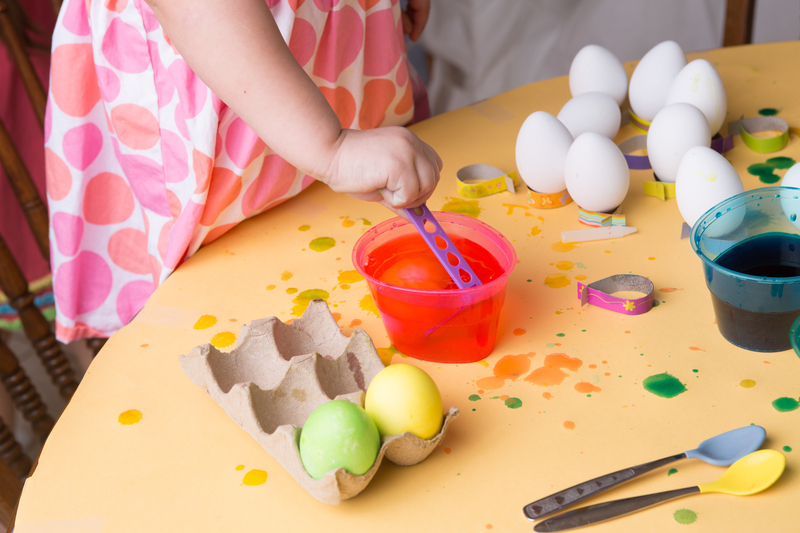
Summary: Enjoy a Sparkling, Spotless Stove Every Day
Now that you know how to achieve a sparkling stove by removing burnt residue, you can restore your kitchen's focal point to its former glory. Whether you rely on natural remedies like baking soda and vinegar, or prefer commercial products for heavy-duty jobs, the key is consistency and promptness. Remember--
- Act fast on spills to prevent stubborn burns.
- Avoid abrasive tools that can scratch and dull surfaces.
- Adopt daily, weekly, and deep-clean routines for lasting shine.
With these strategies, your stove won't just look amazing--it will cook more efficiently and last longer too!
Don't Wait--Restore Your Stove's Sparkle Today!
Take action now: Gather your supplies and follow this step-by-step guide to banish those burnt-on stains for good. For more kitchen cleaning tips and tricks, bookmark this page and share your results with friends and family. A sparkling stove is just a scrub away!
Say goodbye to stubborn burnt residue and hello to a clean, sparkling stove every day!








